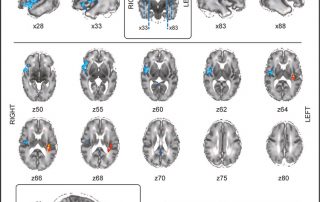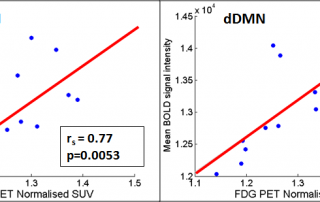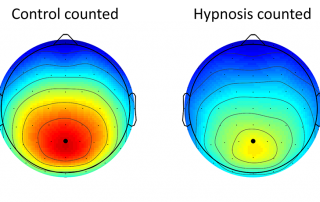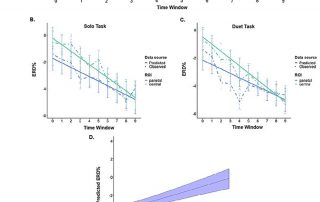Simultaneous EEG-fMRI reveals neural substrates during sleep that support Fluid Intelligence
This user research article summarizes the publication “Brain Activation Time-Locked to Sleep Spindles Associated With Human Cognitive Abilities”. Here, simultaneous EEG-fMRI recordings were used to understand the functional significance of interindividual differences in brain activations, time-locked to sleep spindles.









